- Satisfied so far
- Useless features

4
·
Average


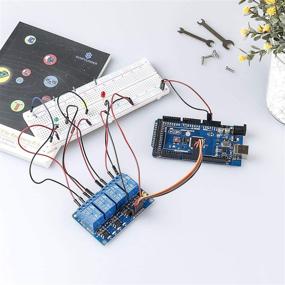
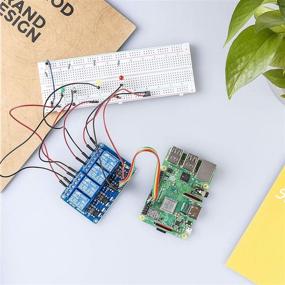
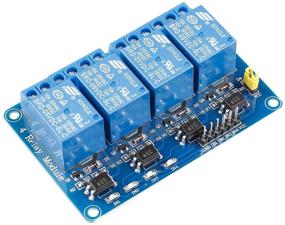

Hankook Tire Winter i*Pike RS2 W429 185/65 R15 92T

86 Review

Xiaomi BHR5846GL Redmi Buds 4 Wireless Headphones White, white

50 Review

Ceiling lamp Yeelight YLXD013-B, 50 W, number of lamps: 1 pcs., color: white

62 Review

Lamp LED Xiaomi Mi Smart LED Bulb Essential (MJDPL01YL), E27, 9 W, 6500 K

113 Review
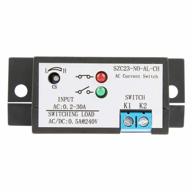
Adjustable AC Current Sensing Switch: SZC23 No AL-CH Model, 0.2A-30A Range

14 Review
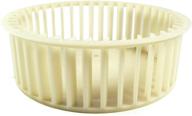
🌀 NuTone 5901A000 Blower Wheel Assembly: Superior Efficiency and Performance

9 Review
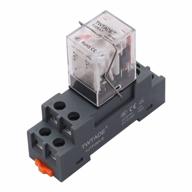
TWTADE/AC 24V 10A Coil Electromagnetic Power Relay 8 Pins 2DPT 2NO+2NC With Indicator Light And Socket Base -YJ2N-LY

9 Review
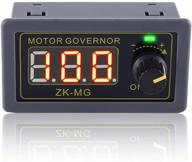
Adjustable Regulator Generator PEMENOL Controller

9 Review